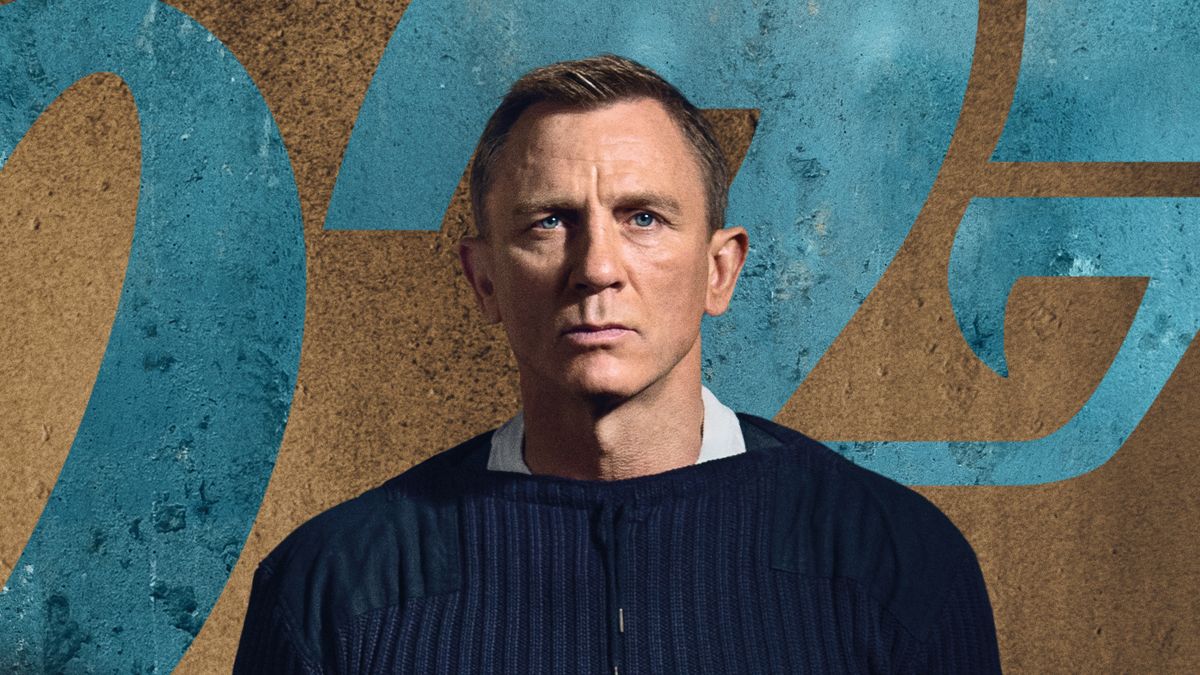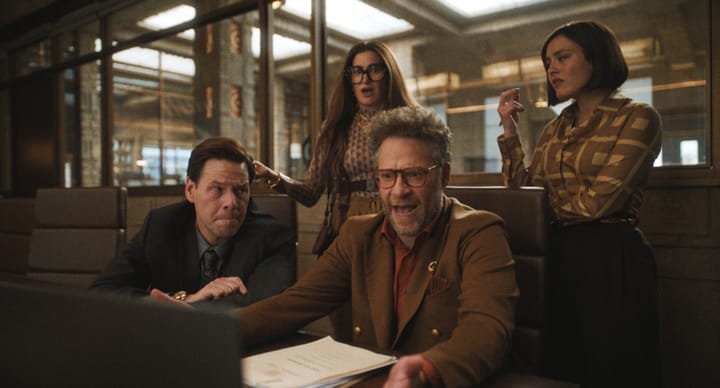No Time to Die, But Plenty of Time to Have Fun
No Time to Die, the final chapter in the Daniel Craig James Bond era, finds the time to die and much, much more. It’s not the ending we were expecting, but the ending we deserved.

Daniel Craig made James Bond relevant again, the final chapter makes him top Bond.
This is your spoiler warning notice! There is no way to talk about it going forward without diving into the story itself. So if you haven’t seen it yet, go watch the film. Just bookmark this essay, it’ll be here for you when you get back.
No Time to Die, the final chapter in the Daniel Craig James Bond era, finds the time to die and much, much more. It’s not the ending we were expecting, but the ending we deserved.
This is a sterling example of a team film, with a particular emphasis on the creative group, collaborating to bring together an extent piece of commercial art. That extends to the filmmaker’s, the writers, the producers, the estate that oversees the franchise. It takes the just right amount of balance of confidence, trust in each other, foresight, and boldness to pull off a film like this.
I didn’t become a James Bond fan until Daniel Craig donned the suit (and tuxedo) fifteen years ago. I am a sucker for spy thrillers, and they were having a new breed moment in the mid-2000’s (thanks to one Jason Bourne). It was the perfect time for the next reboot of the classic original franchise, as it took a decidedly modern take on the well-worn suave spy troupe. I was hooked, and it’s been a wild ride.
By bringing a more contemporary framing, touching on his inner darks side and serializing the story with a connected narrative was new, refreshing, and much needed. But it did it in its own Bond way. The ethos of James Bond dictated the narrative, rather than the narrative dictating, or changing, the traditions of 007. This was still James Bond with all its classic personality, clichés, and conventions, taking a light touch with the story arc. It was there, became more of the focus with each successive film, but it wasn’t the main driver of the reason to each of the Craig films. They maintained the standard franchise formula throughout the series, allowing you to still watch each individually film without having seen any before it and enjoy it in and of itself. The connected narrative was additive, but not necessary.
And the final film followed this blueprint impressively well. It had the serialized plot, explosive action set pieces, cool modern styling, while incorporating all the greatest hit of this series and franchise. From the quick wit quips and iconic one-liners, to the gadgets and flashy cars, to the breathtaking locals, and of course, the megalomaniac bad guys, all the familiar elements are there.
But it was more than that. It used the weaved theme and narrative that was built throughout the Craig run, to bring home a bittersweet ending that was the surprising, yet obviously inevitable conclusion to the growth James Bond displayed in this telling of the character. This James Bond started with his first kill and ended with his last kill— himself.
While I’m not a James Bond historian, this sets Craig apart from the previous entries. The choice to have this symbol of a stoic, suave, skilled super spy humanized and given a path of growth and inner struggle is the modern take he and (and we) needed. This series didn’t just put him in new daring and difficult situations, though it did that well, it made them affect him.
Don’t get me wrong, James Bond is still in cartoon territory as any action hero is, but he was put through the ringer in each film, both physically and emotionally. Each adventure, each fight and chase, each relationship impacted him, took a toll on him.
In the later films of this series, it became a running joke that James Bond was too old. And it showed on Daniel Craig’s face and body. He, as an actor, felt the physicality of the role taken its toll over the years and brought that feeling into the character. You can’t do what James Bond does without feeling that through all fibers of your being.
This was used to great effect, keeping the over the top aspects of the Bond character somewhat more grounded, more real, even though he is anything but (Mr. Smiley, please stand up). Instead of ignoring this disconnect of lifestyle from the real life effects, this Bond hung a lantern on it and made it apart of the character. It allowed for more suspension of disbelief and room for Bond to be Bond by calling it out and moving on. This acknowledgement of the audience’s maturity allowed for the balancing act between fantastical and (somewhat) relatable.
This balancing act has been orchestrated with a deft touch throughout the current run and paid off in the final film. It had all the classic motifs and characteristics of a James Bond film as mentioned above, along with double cross, martini’s, seduction, and secret lairs. It checks off all the greatest hits, while doing them with refined modern style, and most importantly, motivation.
All those aspects allowed for, and lead to, an ending where Bond came full circle from the first film, learning to trust, love, and a purpose to live, while inevitably needing to sacrificing himself for that love and purpose. Which I was honestly pretty stunned by Bond standards, thinking that Bond could never die.
But it was the only true ending for this Bond. The Bond with the most depth, the most explored psyche, that allowed for a character that was more than a caricature, he was more engaging, more real, and more fun.
And that is why we go to see James Bond, thrills, action, and fun. With this fantastic era at a close, Craig was not the Bond we were expecting, but the Bond we deserved.





Comments ()